Charleston, South Carolina | February 2020
OSGF
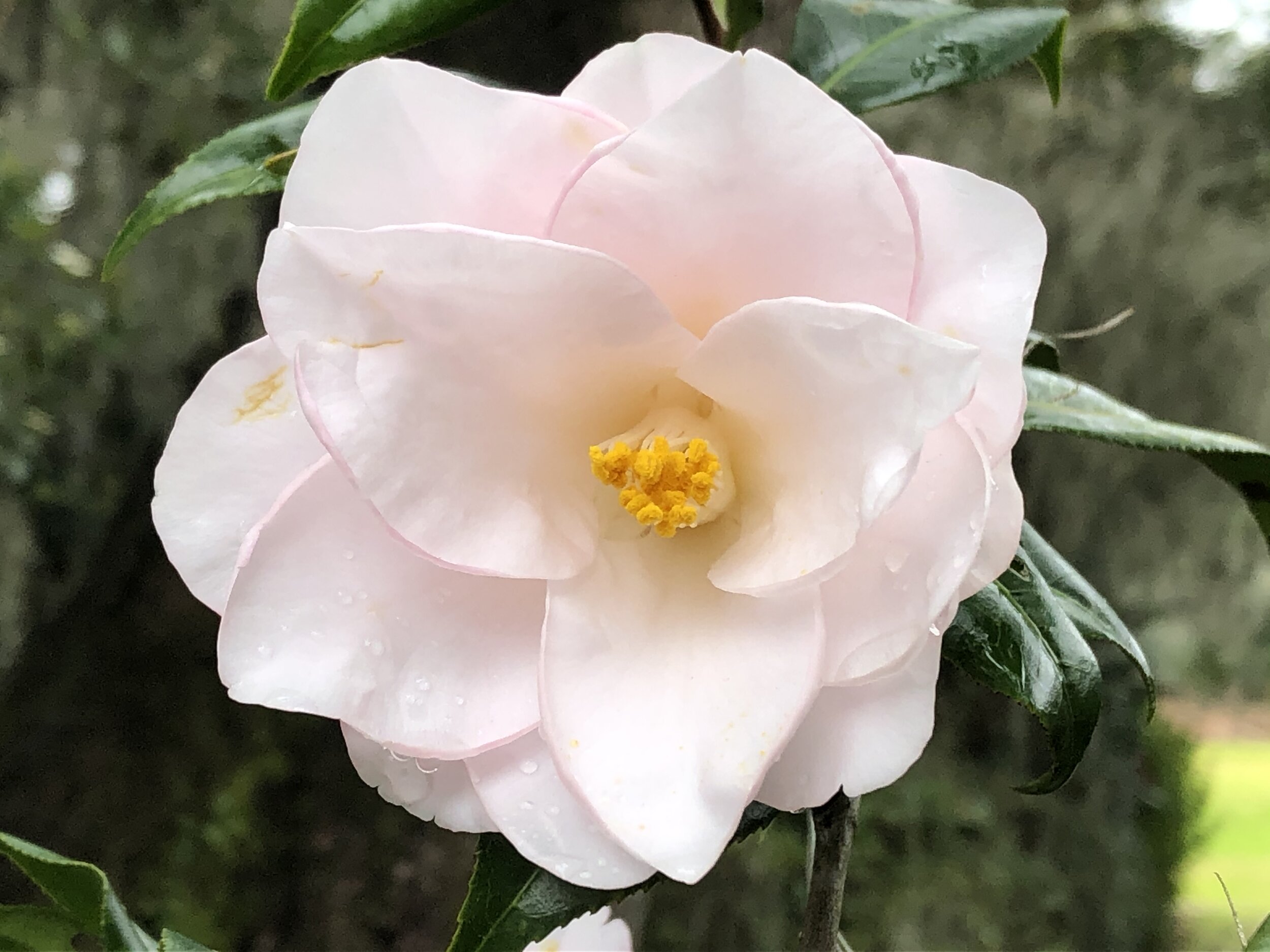
Varieties of Camellia flowering at the Middleton Plantation near Charleston, South Carolina, in February 2020. There are records of Camellia cultivation in China from the fifth century, and the first western encounters were by Andreas Cleyer and Engelbert Kaempfer in Southern Japan in the late 1600s. Numerous cultivars are now widely grown throughout temperate regions of the world selected from Camellia japonica and related species. The first Camellias at Middleton Place are reputed to have come as a gift from the French Botanist André Michaux in 1786.
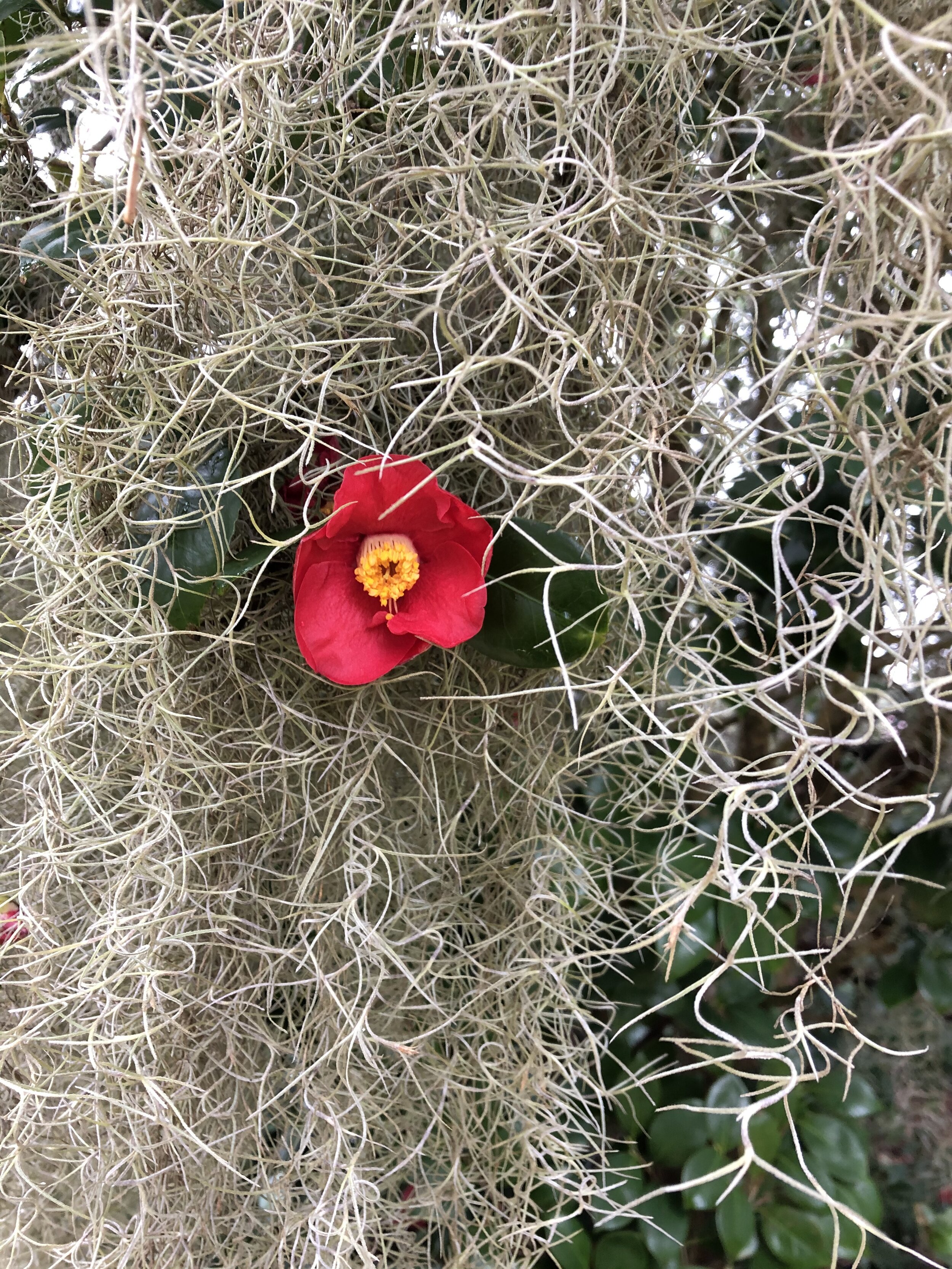
A .Camellia flower emerging from festoons of Spanish moss - Tillandsia usneoides - at the Middleton Plantation near Charleston, South Carolina.
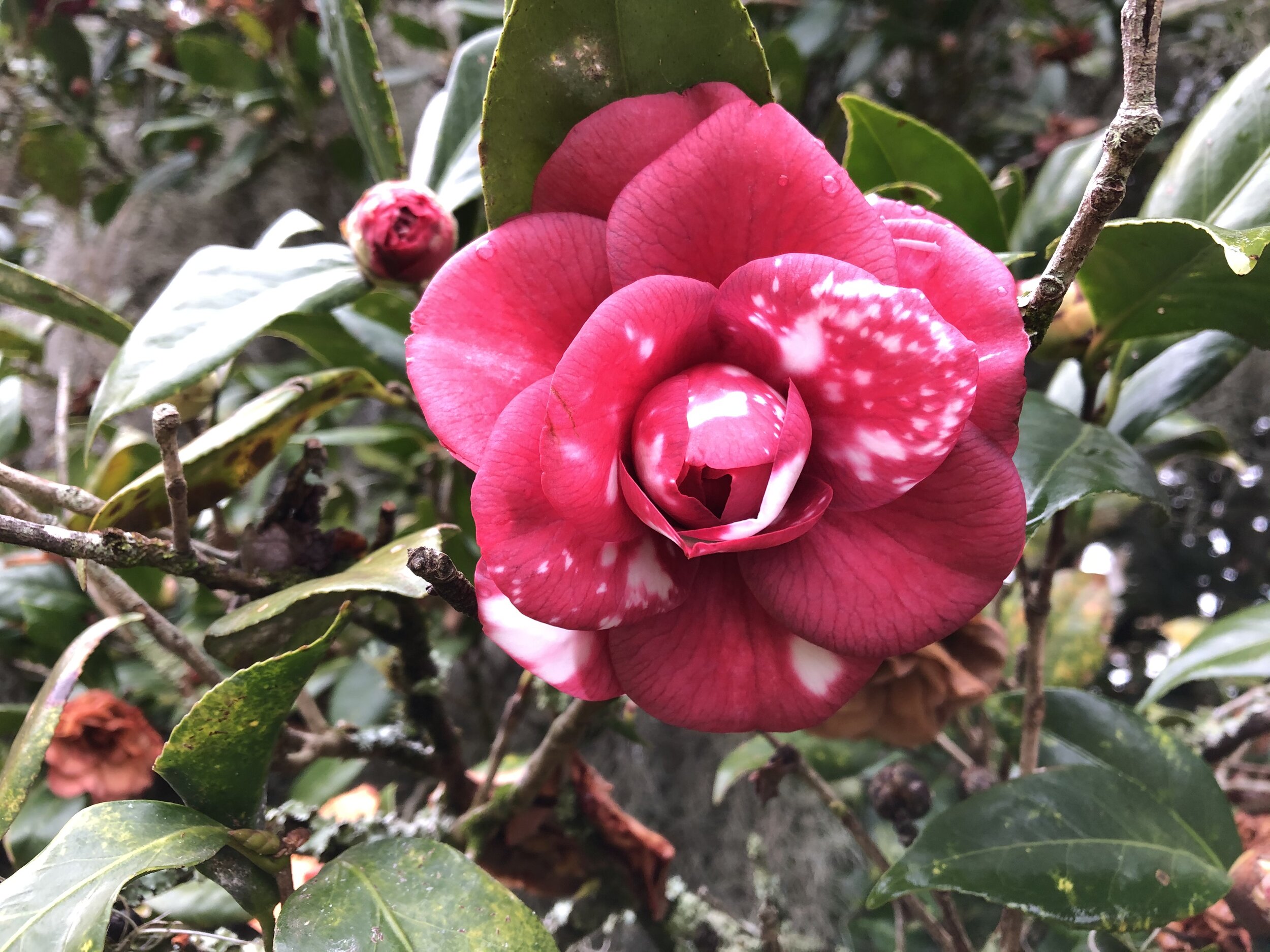
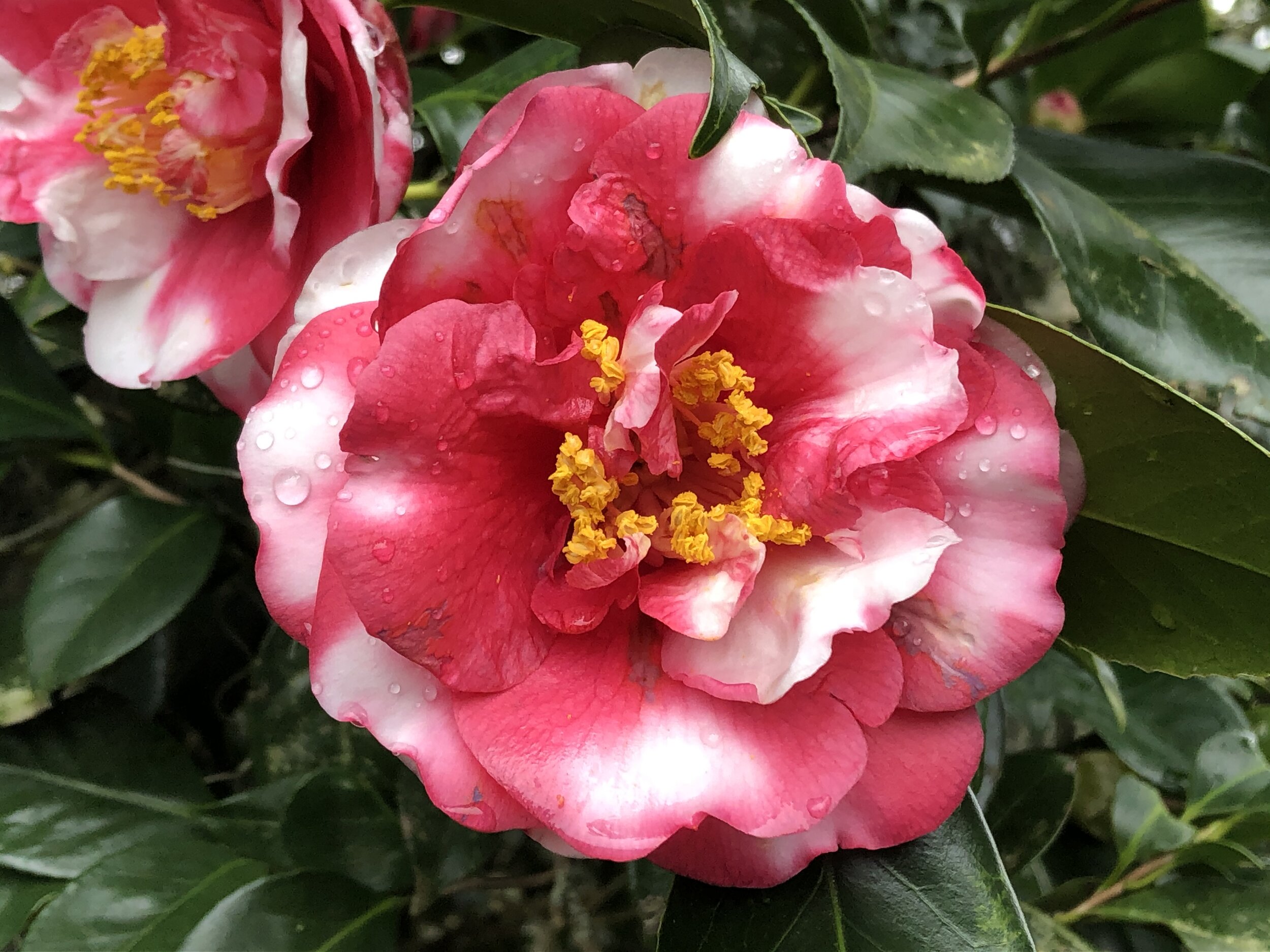
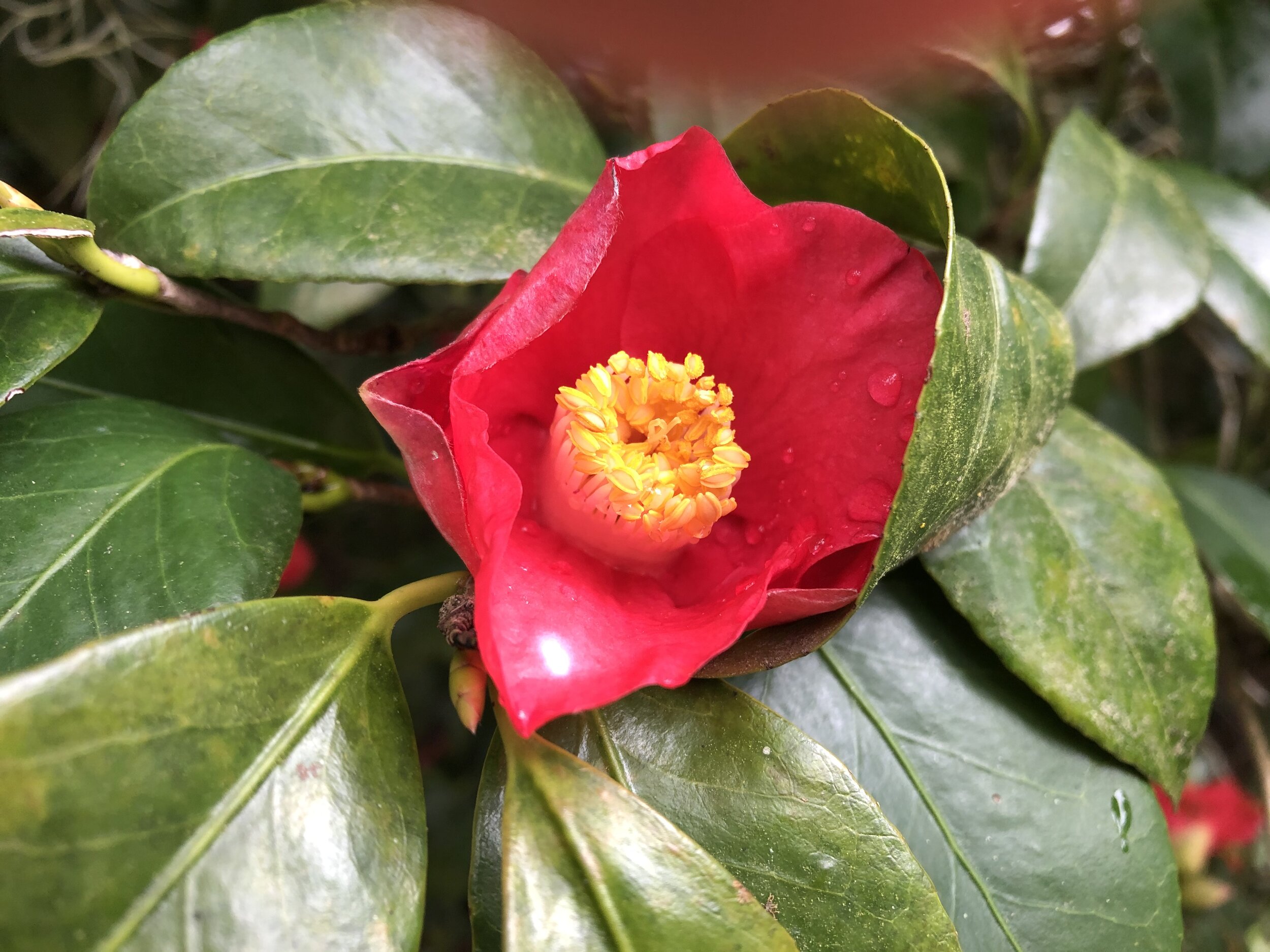
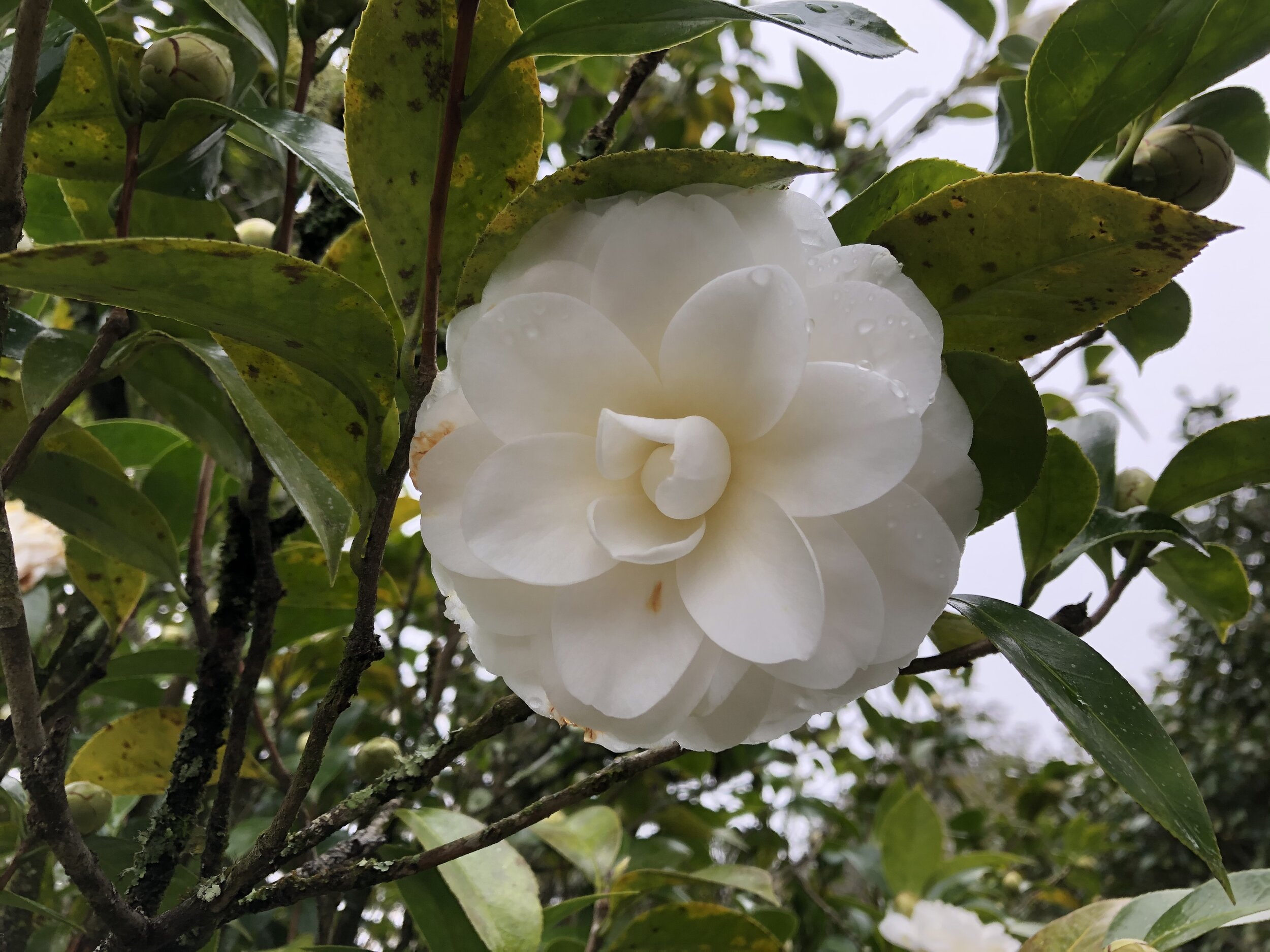
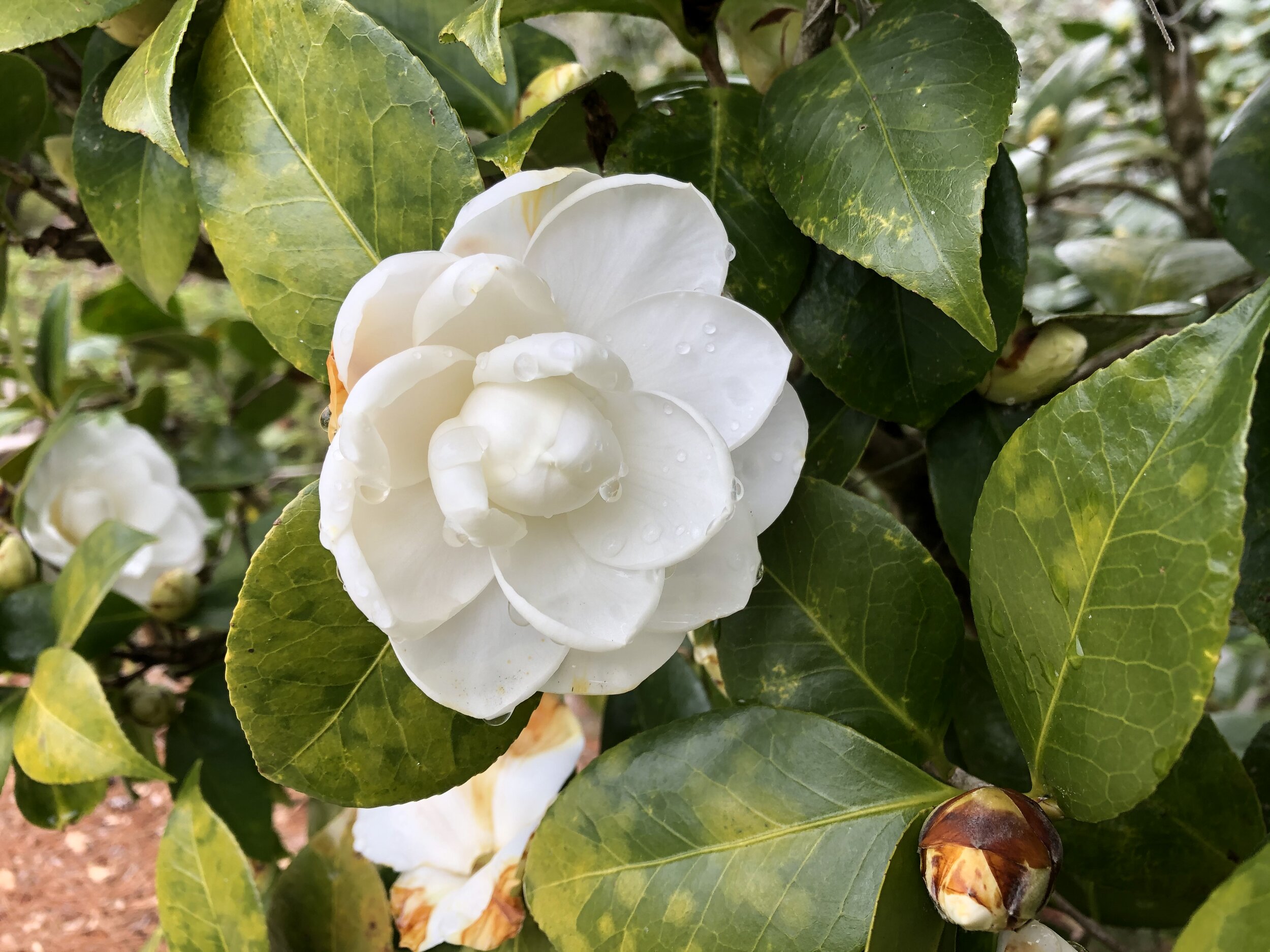
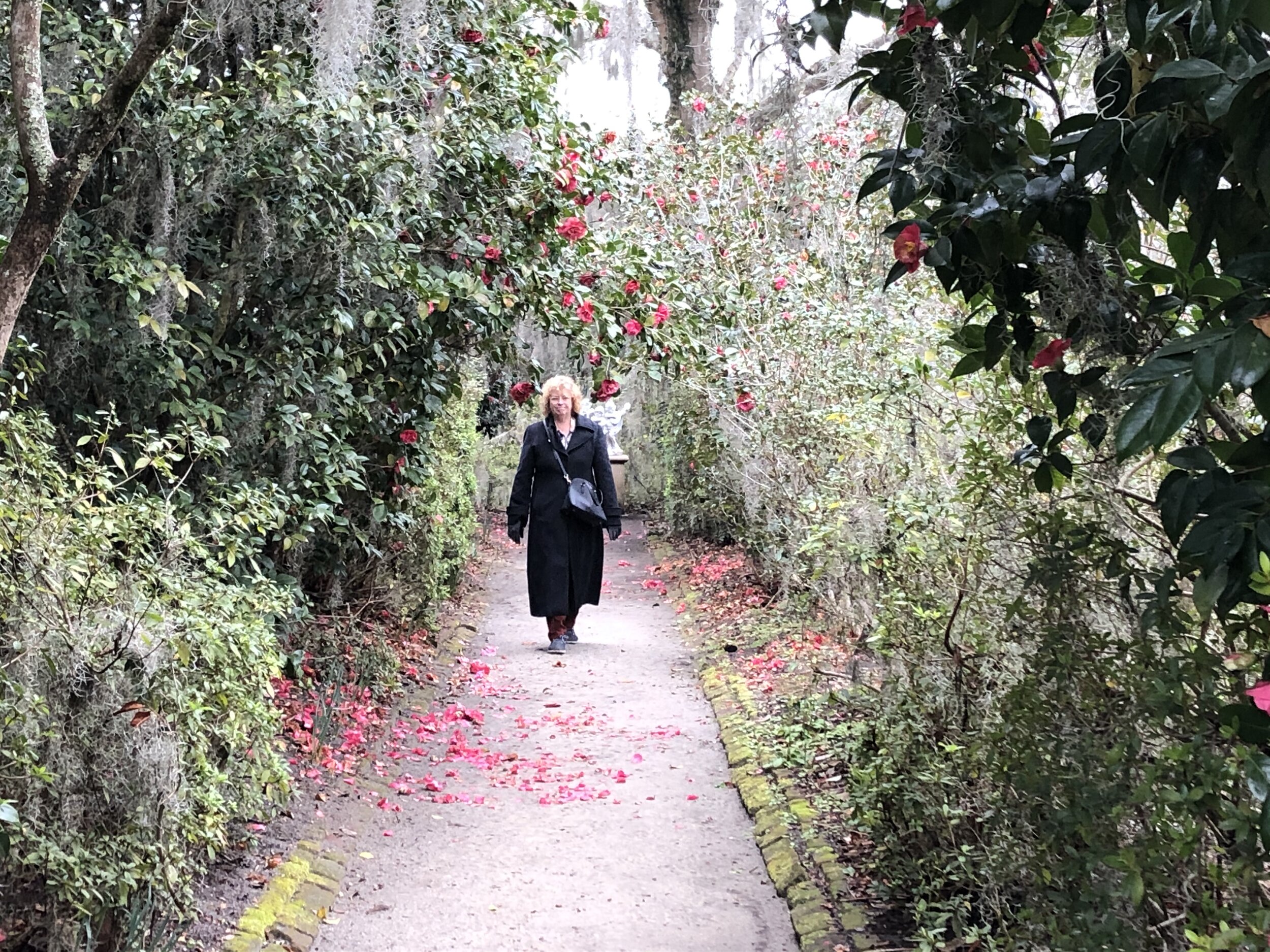

The massive Live Oak (Quercus virginiana) at the Middleton Plantation at the Ashley River near Charleston, South Carolina. This tree sits at the edge of the formal gardens developed by Henry Middleton in the 1740s. It may well have been a Native American trail marker long before the European arrival in North America, and it is estimated to be 900 to 1000 years old. It has lost several of its main limbs and has been battered by hurricanes over its long life, but it is still a magnificent tree.
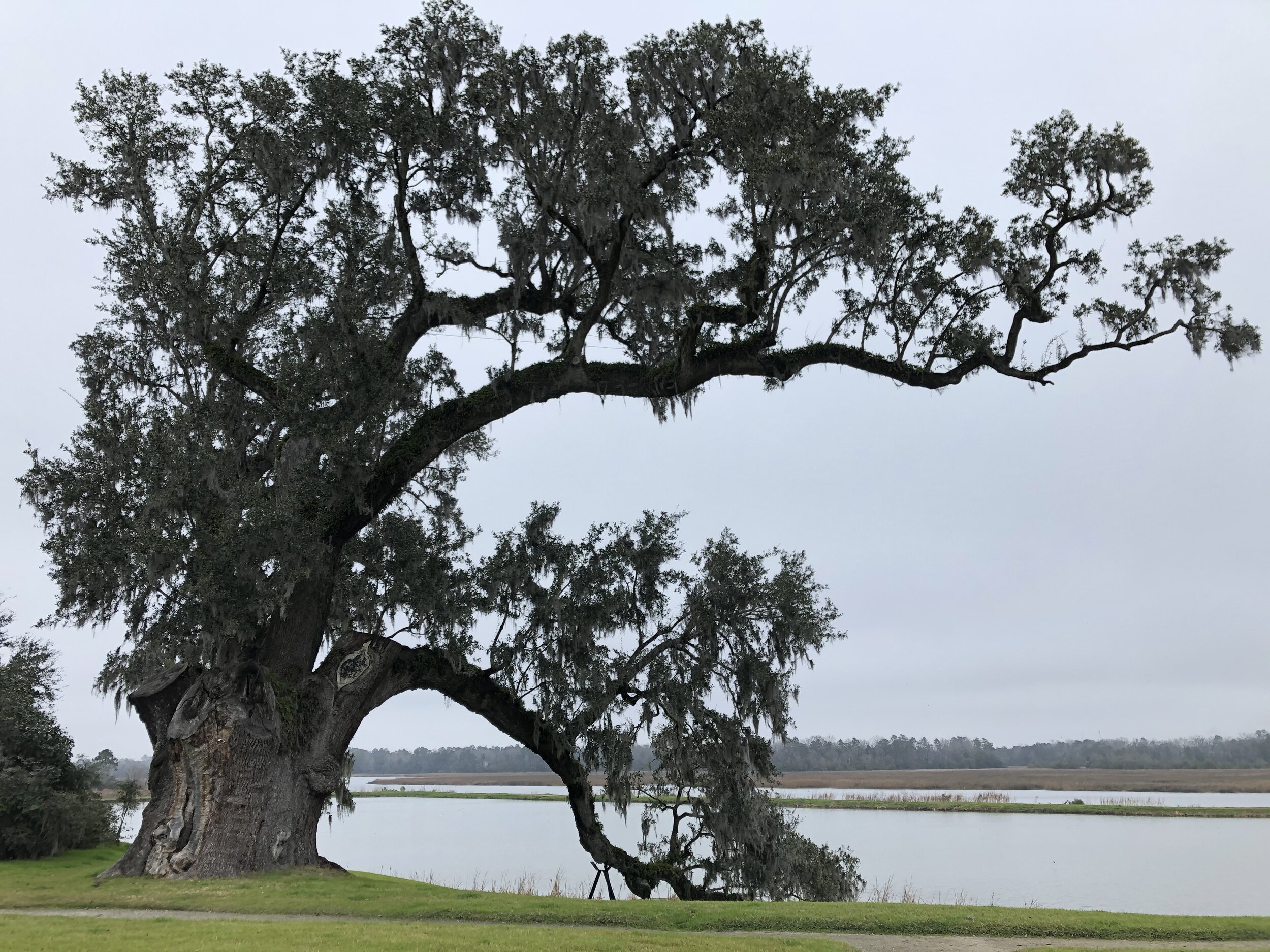
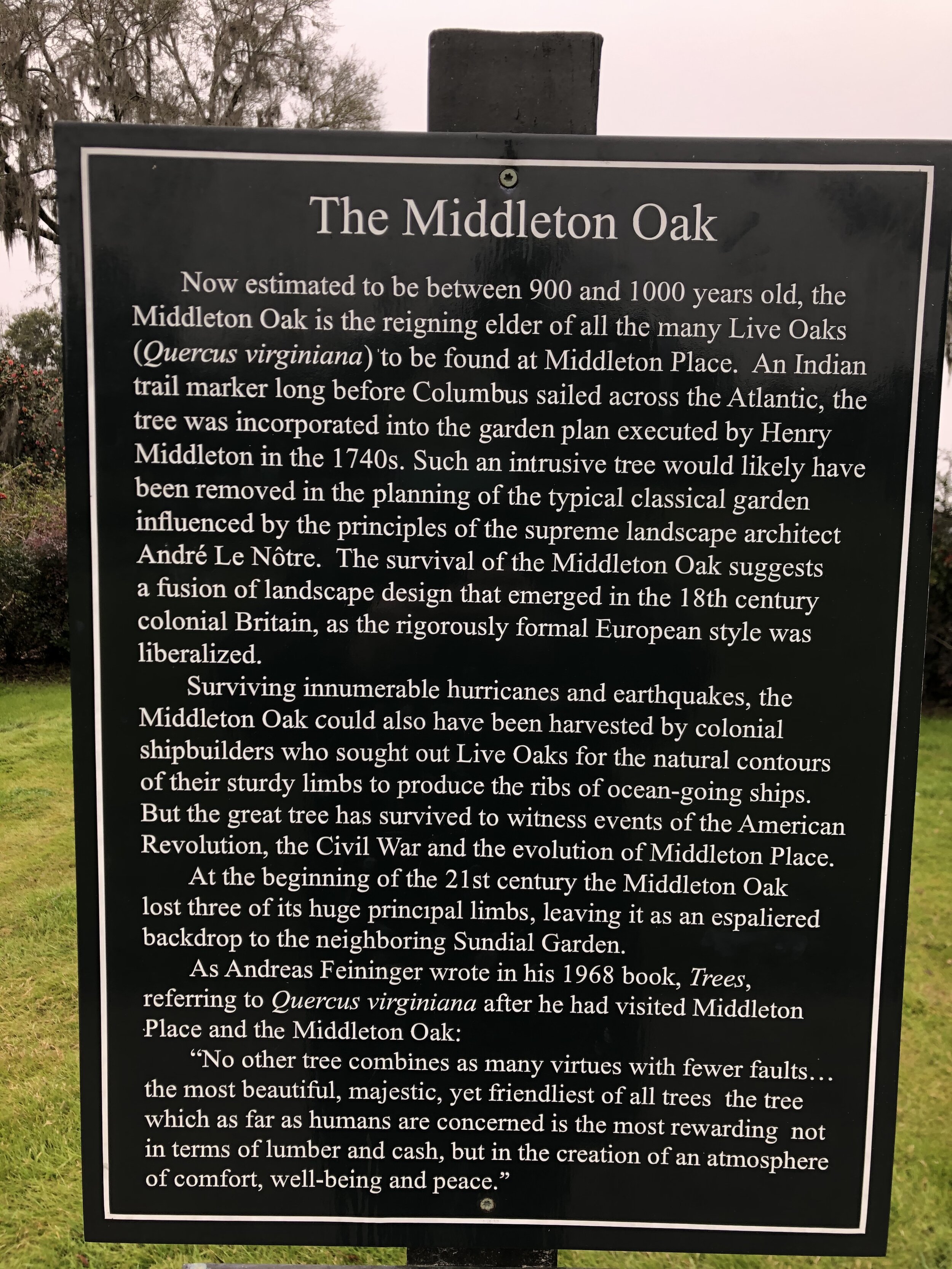
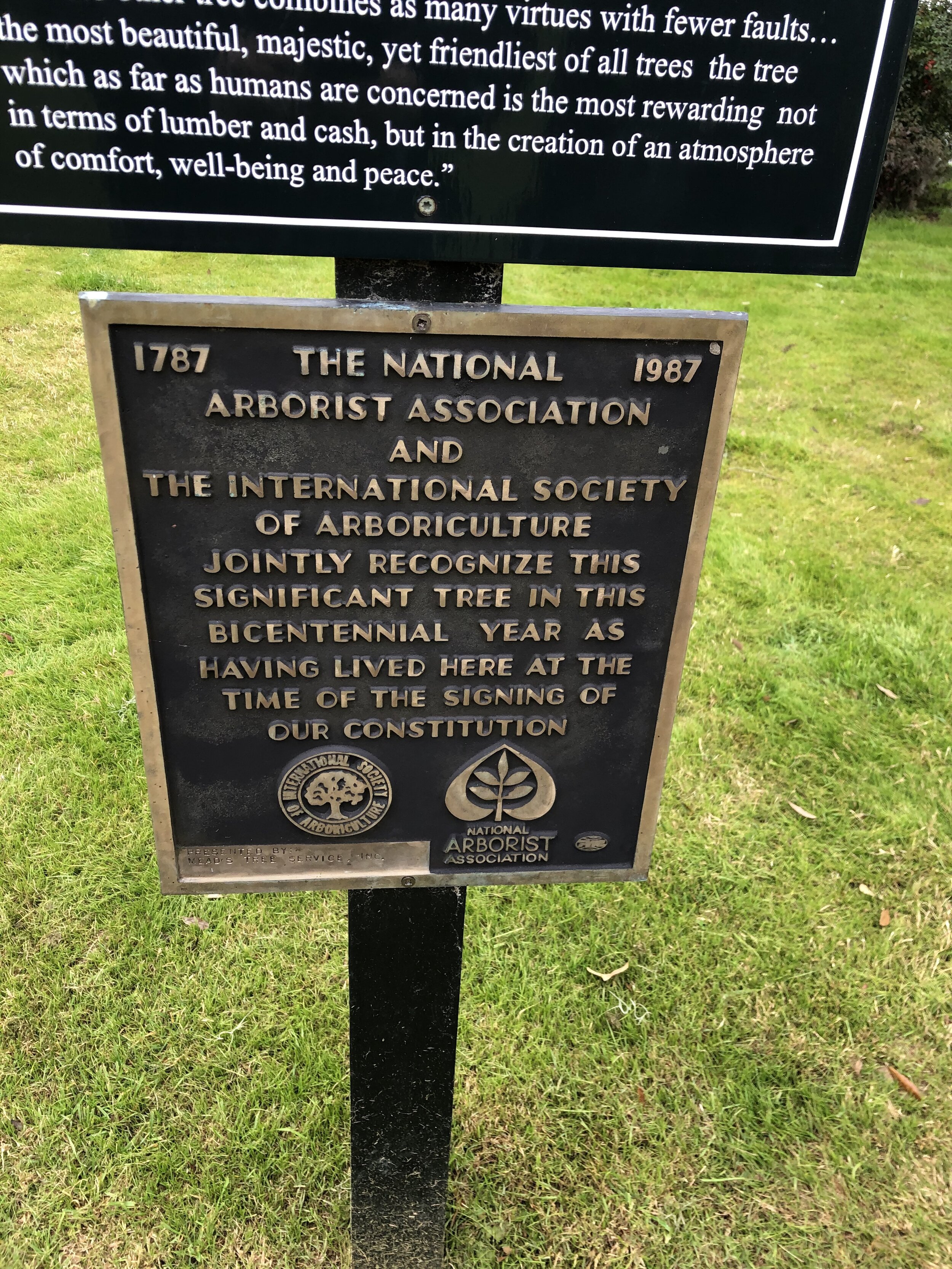
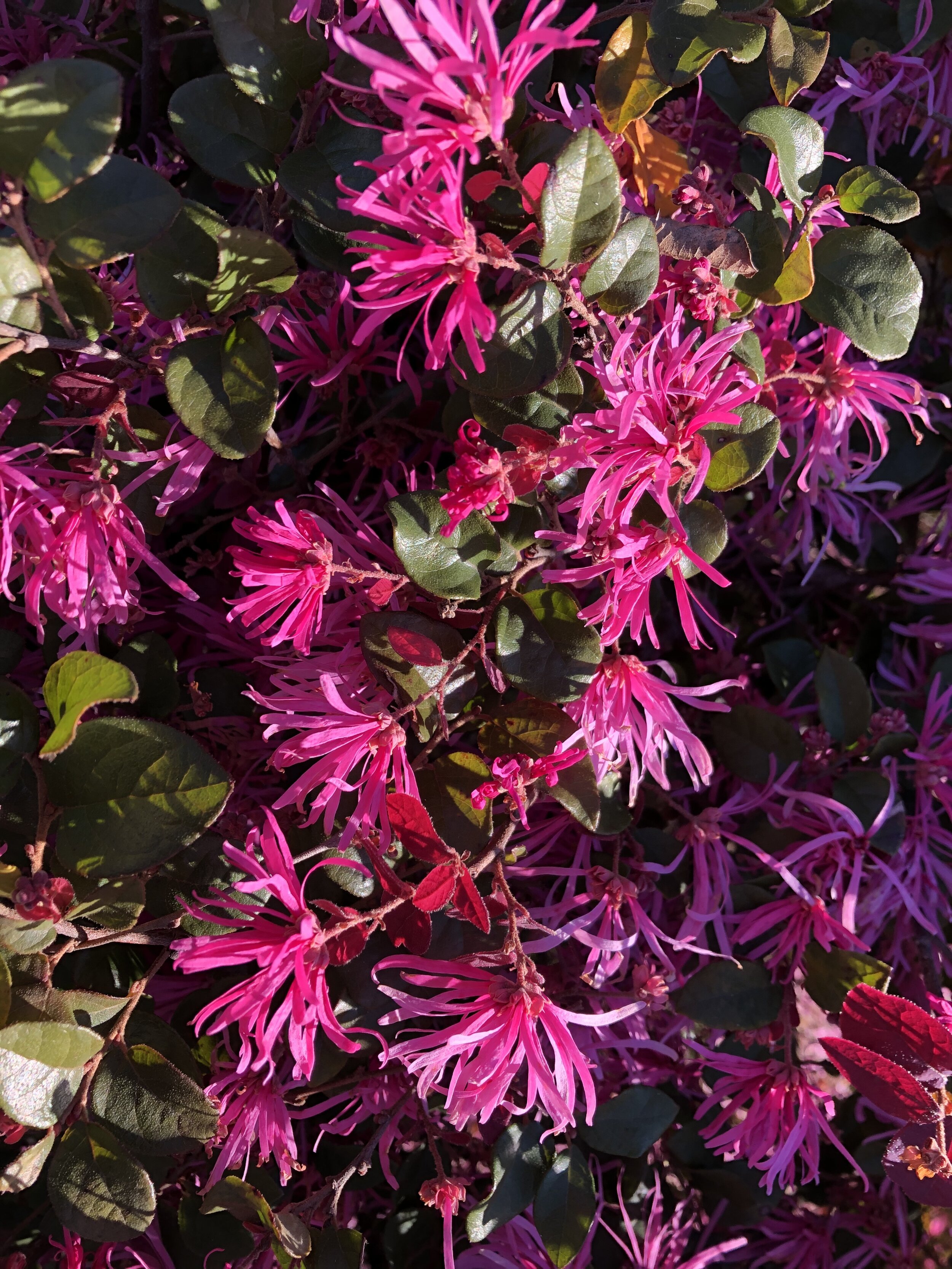
The Chinese Fringe Flower (Loropetalum chinense) flowering in early February in Beaufort, South Carolina. This is the form with long red/prink strap-shaped petals. There is another form with white to pale yellow flowers. Native to China, Northeastern India and Japan, this species is widely cultivated and also used in Chinese traditional medicine. There are two other species of lovopetalum endemic to China.

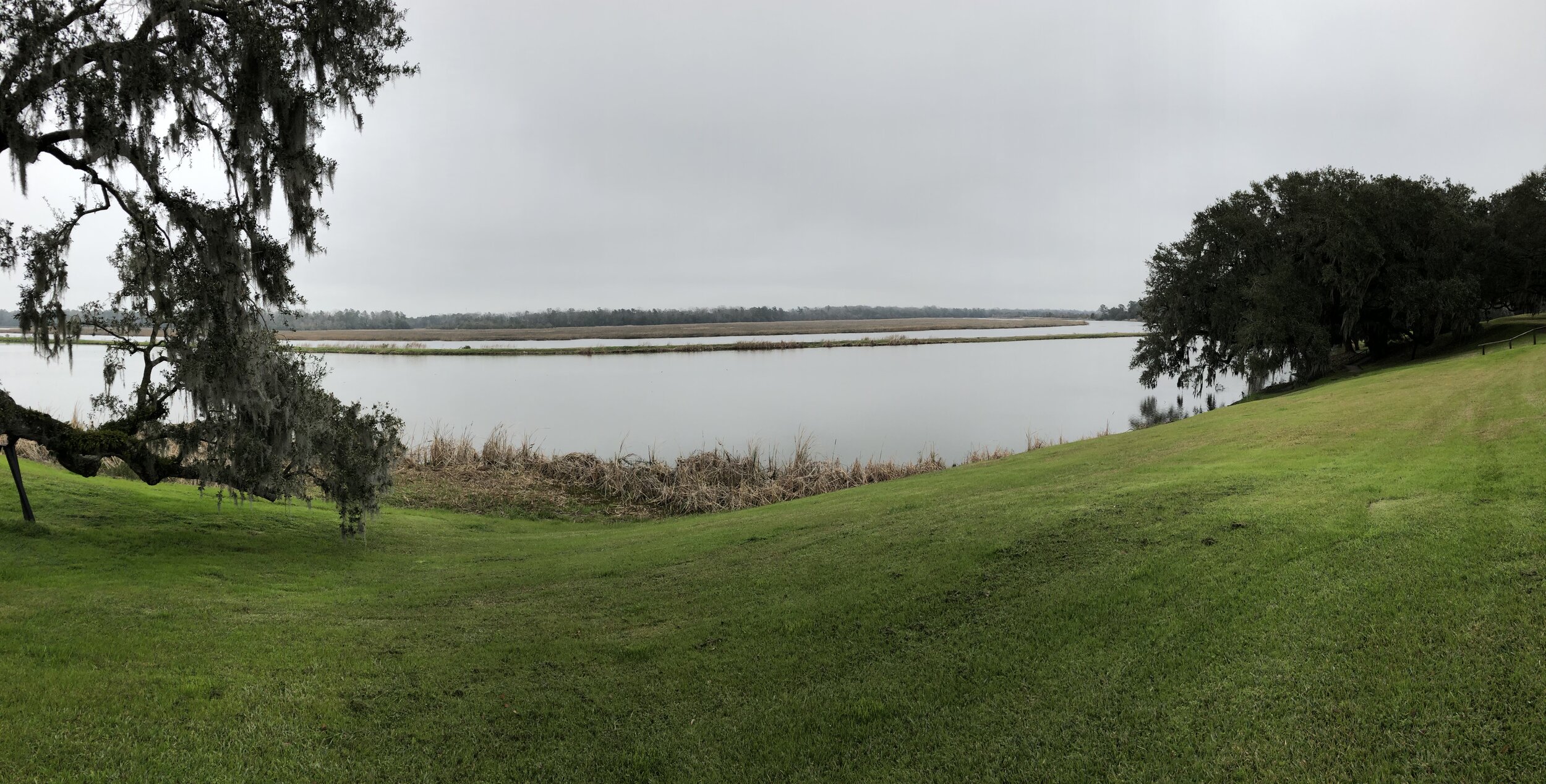
The flooded eighteenth and nineteenth century rice fields at the Middleton Plantation, with the Ashley River in the background. Originally swamp forest, the land was cleared by African American slaves who also constructed and managed the rice plantations. Rice was a major cash crop and valuable export from the low country of South Carolina, especially during the late eighteenth and early nineteenth century.

A typical Live Oak - Quercus virginiana - in Beaufort, South Carolina.